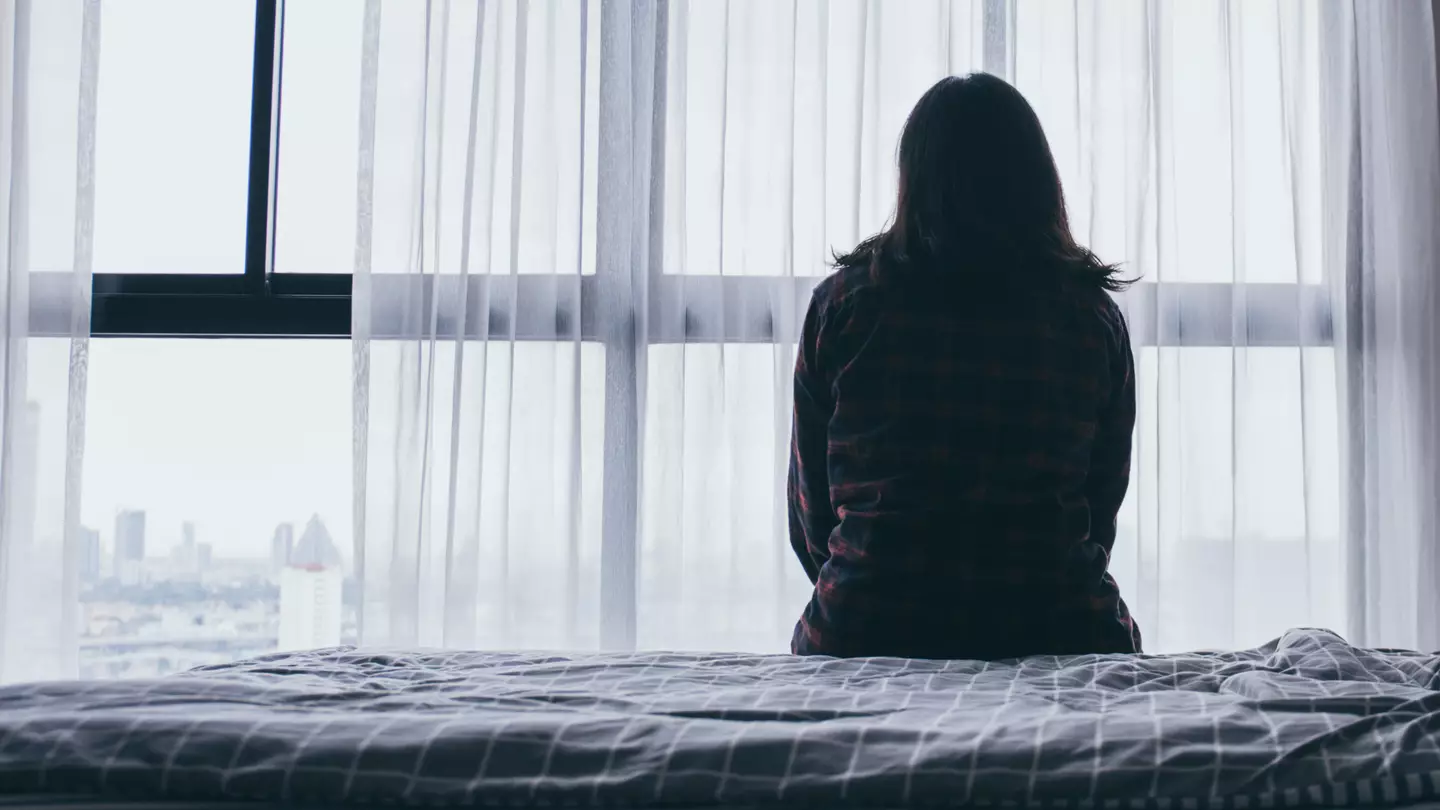
Trigger Warning: This article discusses domestic abuse
For most people, the term ‘domestic abuse’ conjures acts of physical violence, but there is also a more subtle form of behaviour that is equally harmful.
Since 2015, non-physical abuse within a relationship has been illegal in England and Wales, under the landmark offence of coercive and controlling behaviour.
Advert
While this abuse takes many forms, it typically involves manipulation, humiliation, intimidation, and isolation to control and instil fear in victims – leaving untold emotional scars. This abuse has no place in our society.

While the number of prosecutions for these offences has continued to rise since this legislation came into force, many victims still do not recognise the torment they are experiencing could be a crime.
And all too often this unacceptable behaviour – typically perpetrated by men against their female partners – is only reported to police when it escalates into physical violence.
Advert
During the festive period, we see a spike in cases of domestic abuse, with CPS prosecutors working throughout to handle the appalling increase in incidents, receiving around 60 calls an hour at peak times from police forces across England and Wales.
As the Crown Prosecution Service lead for domestic abuse, I want to help victims, their loved ones, friends, colleagues and the general public understand what constitutes coercive and controlling behaviour – and to warn perpetrators that we will not hesitate to prosecute you wherever our legal tests is met.
The CPS has researched 100 cases of coercive and controlling behaviour to help the public recognise the signs.
At the extreme end of the spectrum, this offence can involve abusers refusing to let victims leave their homes and monitoring their every movement.
Advert
But as prosecutors, we also see many less obvious methods of control that could be indicators of an abusive relationship.
While not exhaustive, below are some of the commonest early red flags, all of which are ways to exert power. All are unacceptable.

Mobile phone/social media monitoring
Victims frequently describe being inundated with dozens of messages an hour, with partners continuously checking if they are online and questioning who they are talking to. Perpetrators will often ask for access to victims’ phones and social media passwords or withhold access to the WiFi so they can check their activity and delete contacts or accounts when they feel jealous.
Controlling what you wear
We frequently come across men who demand a say over how their girlfriends dress, do their make-up and style their hair. The CPS has prosecuted cases where victims have been banned from wearing certain types of underwear, clothing and footwear. In one case the perpetrator forced the victim to throw out her clothes, pouring chilli sauce on them as she did so.
Accusations of cheating
Victims will often be accused of sleeping with male colleagues and friends or made to cut off contact with exes with whom they have children, damaging important relationships and depriving them and their child of a crucial source of support. One man accused his partner of cheating simply because she had a yellow heart emoji next to the name of one of her contacts.
Insulting and demeaning comments
Humiliation is one of the commonest methods for abusers to assert control. We are repeatedly told of victims being called ‘whores’, ‘fat, ‘ugly’ or other insults designed to damage their confidence.
Emotional blackmail
Where victims do try to end a relationship, abusers will often emotionally blackmail them into remaining by threatening to kill themselves if they leave.

If left unchecked, coercive and controlling behaviour can also involve abusers controlling a victim’s finances and who they socialise with, isolating them from family and friends, imprisoning them in their homes and instilling fear of violence and reprisals.
Advert
We have prosecuted cases of men instructing their girlfriends to keep the curtains closed so no one can see them and locking them in the house, men not letting their partners attend routine medical appointments out of jealousy, and men forcing their victims to sleep on the floor.
Our research also found 83 per cent of cases included additional allegations of assault, which suggests many offenders do not come to the attention of police until they have inflicted physical violence.
That is why it is vital we get the message out to help victims and witnesses recognise this abuse and support them as they take the brave but vital step towards reporting.
The CPS takes all forms of domestic abuse incredibly seriously, with the criminal justice system making significant progress over the years in recognising controlling and coercive behaviour. Since the introduction of the offence, we have increased the number cases charged from five in 2015 to 1,403 in 2020/21.
Advert
Our prosecutors understand the trauma felt by victims in reporting someone close to them – which is why we work with police and Independent Domestic Violence Advisors to secure protective orders for the safety of you and your family and apply for special measures such as giving evidence behind screens to help you at court.
We know there is much more to be done to improve the support we provide to victims and increase the number of perpetrators brought to justice. But I want anyone reading this who fears they may be trapped in abusive relationship or fears someone they know may be, to have the confidence to come forward, knowing you are not alone, will be listened to and supported.
If you need information, help or support, you can contact Refuge here or Women's Aid here.
Featured Image Credit: ShutterstockTopics: Life, Christmas, No Article Matching